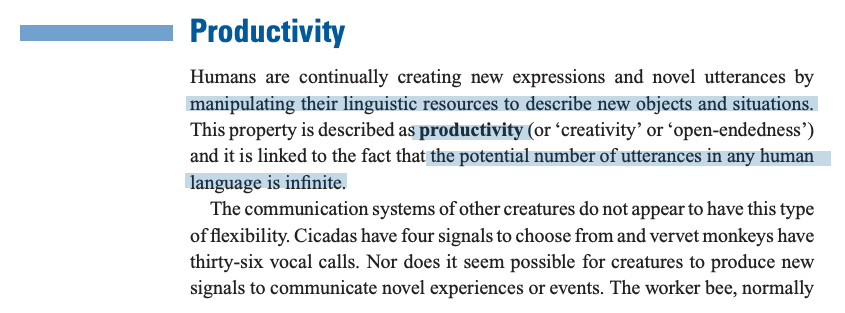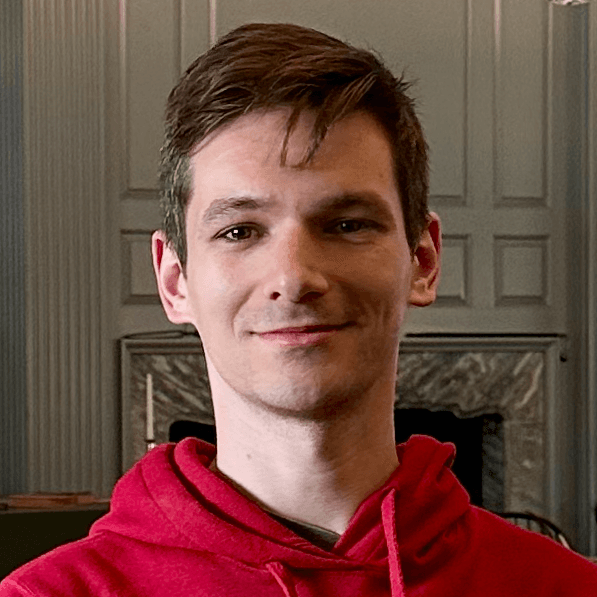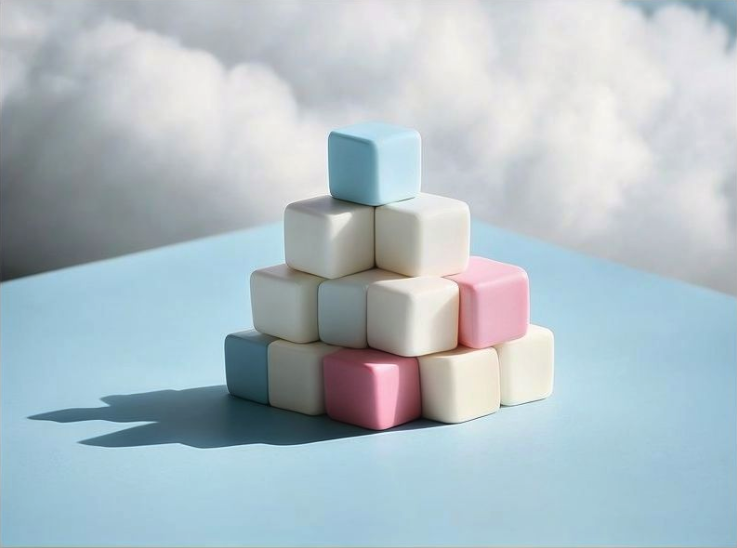What if the most intricate creations in our world were built from the simplest elements, hidden just beneath the surface?
In this post, I explore how complex creations emerge from simple building blocks, using two specific examples—languages and programming.
Building Blocks of Language
At the heart of language are core components: words, sounds, phonemes, morphemes, graphemes, letters, characters, grammar, syntax, tone, pitch, body language. These building blocks form the foundation for producing language. On their own, they seem minor, but when combined, they produce rich, complex expressions.

Excerpt from G. Yule, The Study of Language, 3rd ed. Cambridge: Cambridge University Press, 2005.
This brings us to the concept of productivity. Despite a limited number of building blocks, we can generate an unlimited number of new utterances, phrases, and ideas. It's a powerful example of how something as simple as letters and sounds can be used to build the vast complexity of language.
Language, in this sense, is a creative process: combining simple, fundamental elements to create something new and expressive. This is creativity at its core—just as programming turns simple inputs into diverse outpus.
Building Blocks of Programming
When programming, I'm pressing keys on my keyboard. Each key has a letter or symbol on it, and each keypress creates the corresponding character on my screen. On their own, these symbols are basic, but combining them into words, expressions, and statements creates meaningful instructions to the computer. For example, conditional statements like if-else or loops like while and for allow me to control the flow of logic, creating functions that achieve specific tasks.

At a higher level, functions and algorithms can combine in infinite ways and evolve into software systems. Like with language, the fundamental building blocks of programming—characters, symbols, and syntax—are simple at first, but their power comes from how they're combined to achieve complex objectives. With a few core principles, you can build virtually anything.
Programming, in this sense, is a creative process: assembling simple elements in innovative ways to create something new and expressive. The creativity lies not just in understanding the parts, but in combing them in a ways that solve problems and create value.
The Creative Process Through Building Blocks
flowchart TD A[Language] --> B[Words, Grammar, Sounds, etc.] C[Programming] --> D[Characters, Syntax, Logic, etc.] B --> E[Combine Elements] D --> E[Combine Elements] E --> F[Complex Creations] F --> G[Creative Solutions]
What seems simple on the surface often conceals the creative energy and building blocks behind it. In language, programming, work, or life, complex creations emerge from combining elements and connecting ideas. Mastering these fundamentals unlocks unlimited creative potential. The key lies is recognizing and leveraging your best building blocks to create something meaningful.

